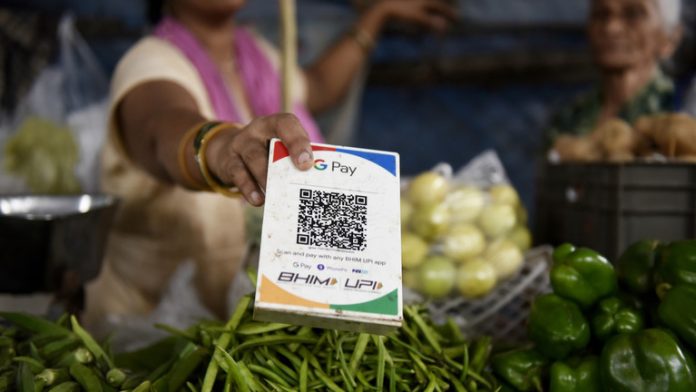|
Lazy eyes listen
|
NewsRescue
According to sources, India is in talks with a number of African countries, including Namibia, Mozambique, and Kenya, to assist them in developing their own instant payment systems comparable to India’s UPI system (Unified Payment Interface).
“Many countries around the world face similar issues that we did prior to the introduction of UPI.” These include financial inclusion, rural economic development, fintech incubation, transparency, and other initiatives,” Ritesh Shukla, CEO of the system’s developer National Payments Corporation of India (NPCI), told Mint earlier this month. “We are looking at partnering with those countries to help them create their own versions of UPI in a very sovereign manner,” he explained.
Shukla further stated that in the next 18 months, the number of countries where UPI would be deployed will double. Currently, the worldwide UPI footprint includes Nepal, Bhutan, and Sri Lanka, as well as Oman, Singapore, the United Arab Emirates, Saudi Arabia, France, and Australia.
In addition, India has recently inked memorandums of understanding with Antigua and Barbuda, Armenia, Sierra Leone, and Suriname to share its Digital Payments Index in accordance with RBI rules.
Meanwhile, talks between New Delhi and Moscow are underway to mutually accept each other’s payment cards, India’s RuPay and Russia’s MIR, in their respective markets, as well as to combine their instant payment systems.
The NPCI’s expanding network of commercial collaborations aims to assist Indian passengers in making payments via digital platforms, thereby saving time and money. India is also aiming to access its 30-million-strong diaspora around the world and standardize their user experience when sending money back to India, known as remittance.
The democratization of digital public infrastructure, which employs a virtual payment address, is expected to bolster India’s thriving remittance sector. According to World Bank data, it became the first country in the world whose annual remittances surpassed $100 billion in 2022, with a 12% year-on-year increase.
According to the Central Bank of India, UPI accounted for almost 73% of all non-cash transactions in the country last year, and this figure is expected to reach 90% by 2026-27, according to a PWC analysis. The volume of UPI transactions climbed by 80% during the previous fiscal year, from 46 billion to 83 billion, with the average value of transactions also increasing.
According to NPCI data, the system currently supports over nine billion customer transactions per month totaling over 14.3 trillion rupees ($173 billion). PWC predicts that by 2026-27, the number of transactions per day will reach a billion.





